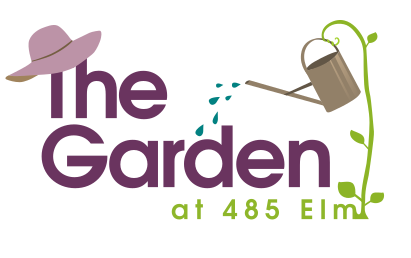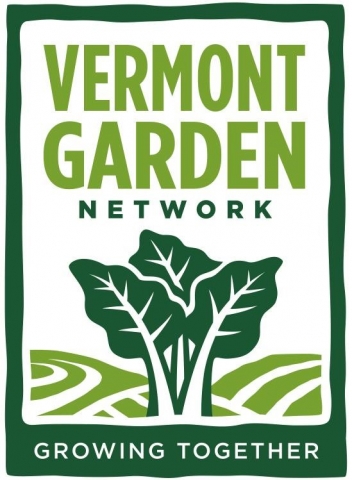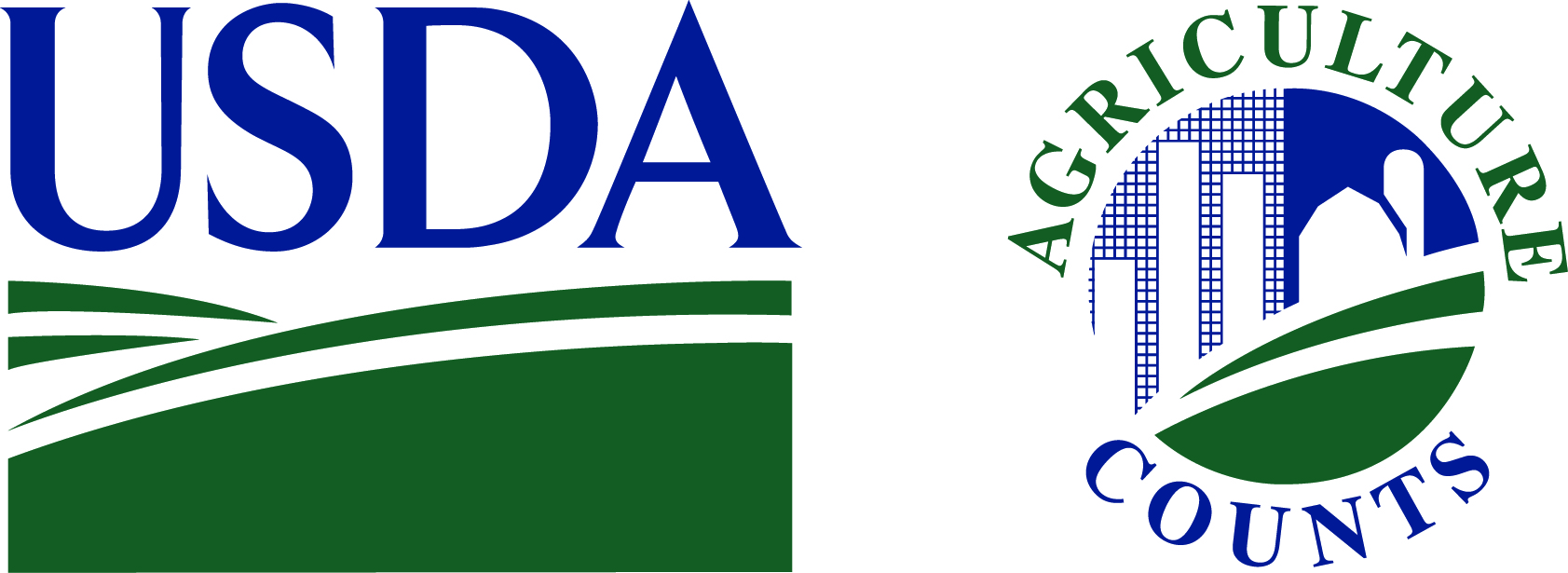Gardeners have planted snow peas, snap peas, lettuces, arugula, kale, collard greens, carrots, turnips, radishes, and more. It’s be a few weeks before they’re food.
But there’s food ready now that we planted years ago. It comes back every spring.
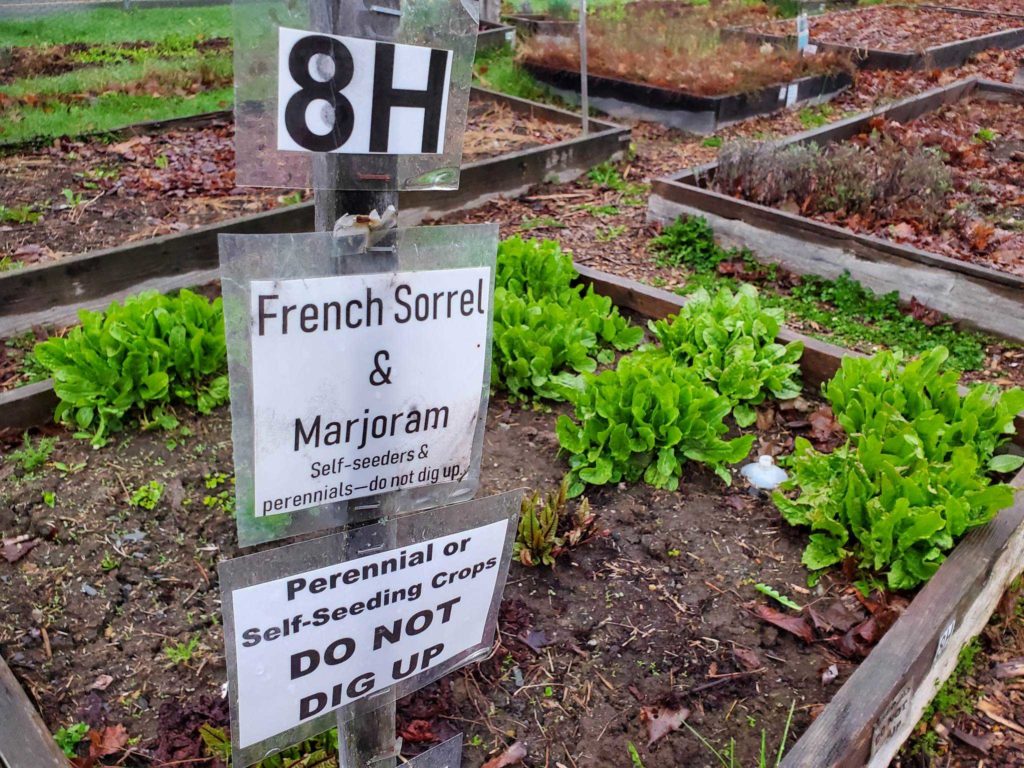
There’s no marjoram, but these beautiful French sorrel leaves are lemony-tart and tender. They’re perfect in salads and sandwiches. Toss them in at the end of a stir-fry or pasta dish just before you serve it. As one gardener suggested, put a couple of leaves in your water bottle for lemon water.
This is one of the first plants to return every spring and among the last we’re still harvesting as winter approaches. Pinch leaves near the base of the stalk. Harvest generously without denuding any one plant. They’ll keep coming back.
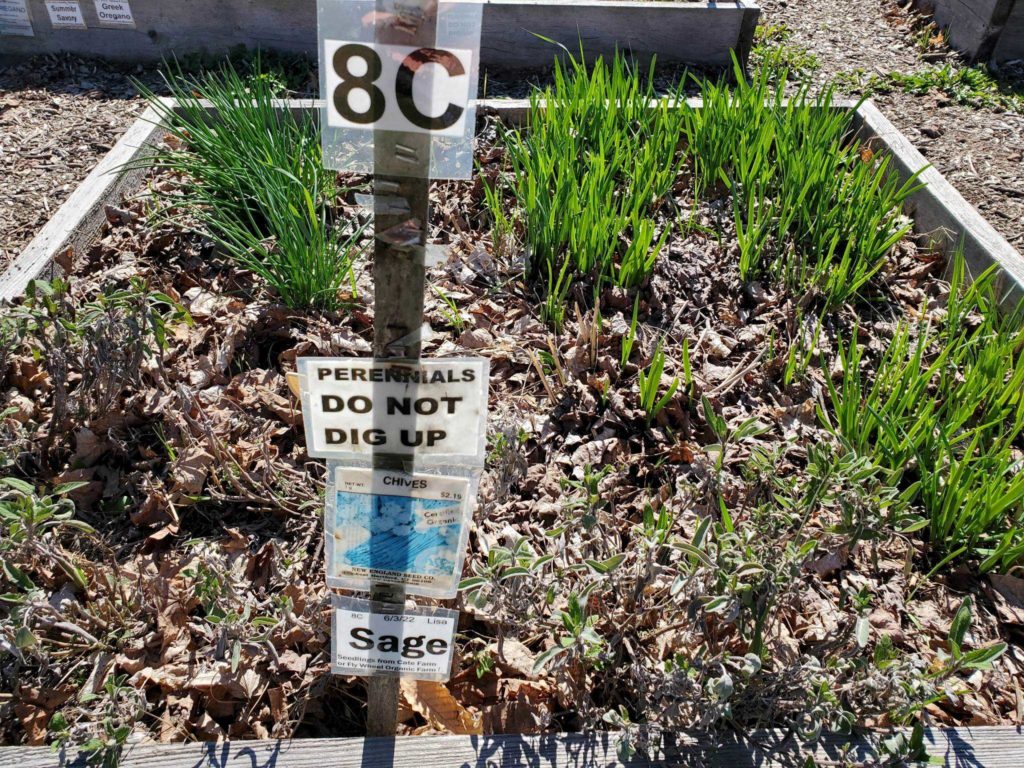
The green leaves on the left are the common type of chives you find at the grocery. On the right, are even more flavorful garlic chives. This early in the season, they’re mild and so tender. Add them to salads, sandwiches, and cooked dishes.
Pinch or snip off leaves at the bottom, leaving about two inches if each one above the soil.
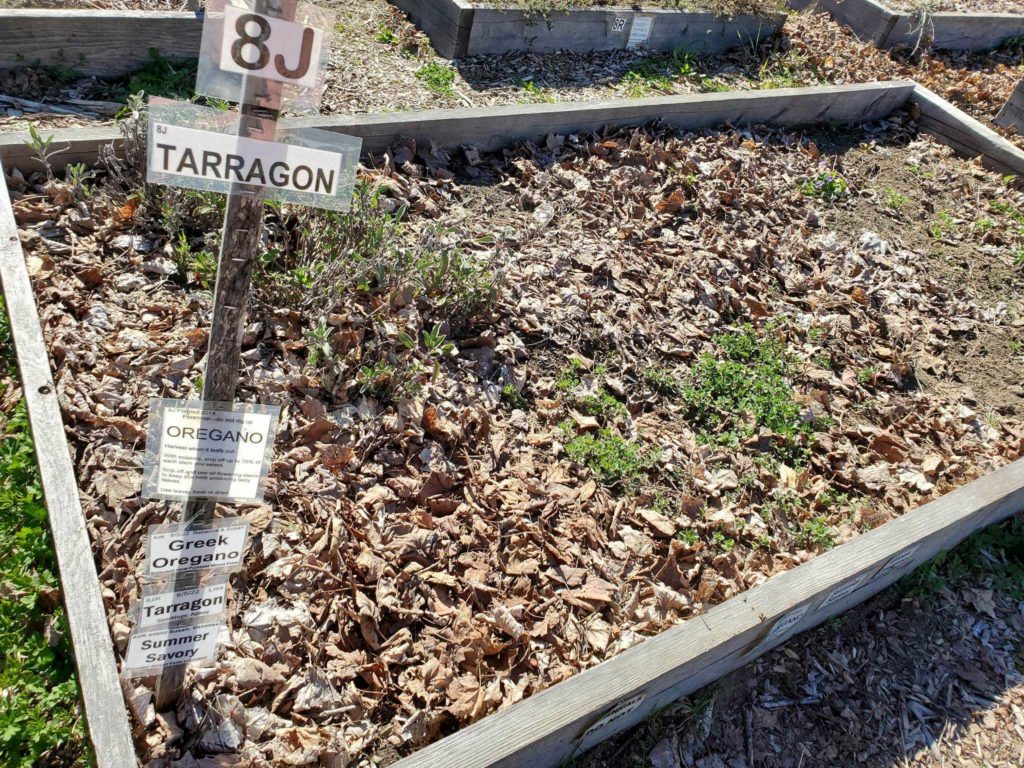
There’s no tarragon here. The leaves on the left are sage. In the middle is oregano, and the sparse growth on the right is lemon balm, great for tea or infusing in cold water.
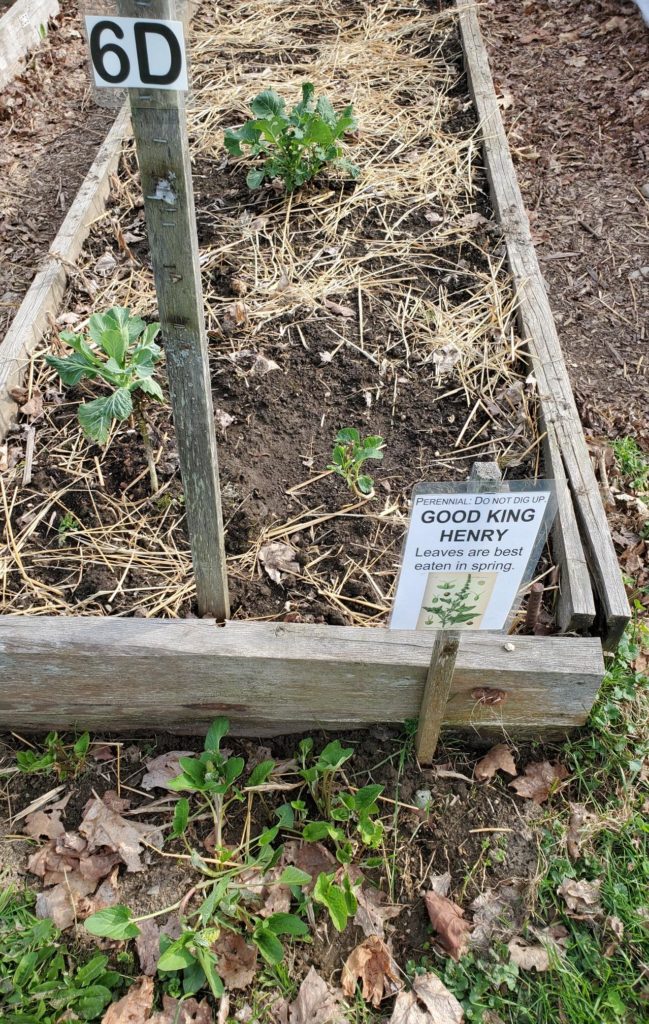
See that scraggly plant at the bottom of the photo, the one growing outside the box? That’s Good King Henry. It’s a perennial that’s been coming back since 2014. The leaves are tender, tart, and slightly bitter, and tastiest in spring when the plant is small like this. Add it to salads, soups, and stir-fries. It’s a nice early-season veggie. Once later crops are coming up, Henry gets big and bushy, and the leaves become bitter and tough.
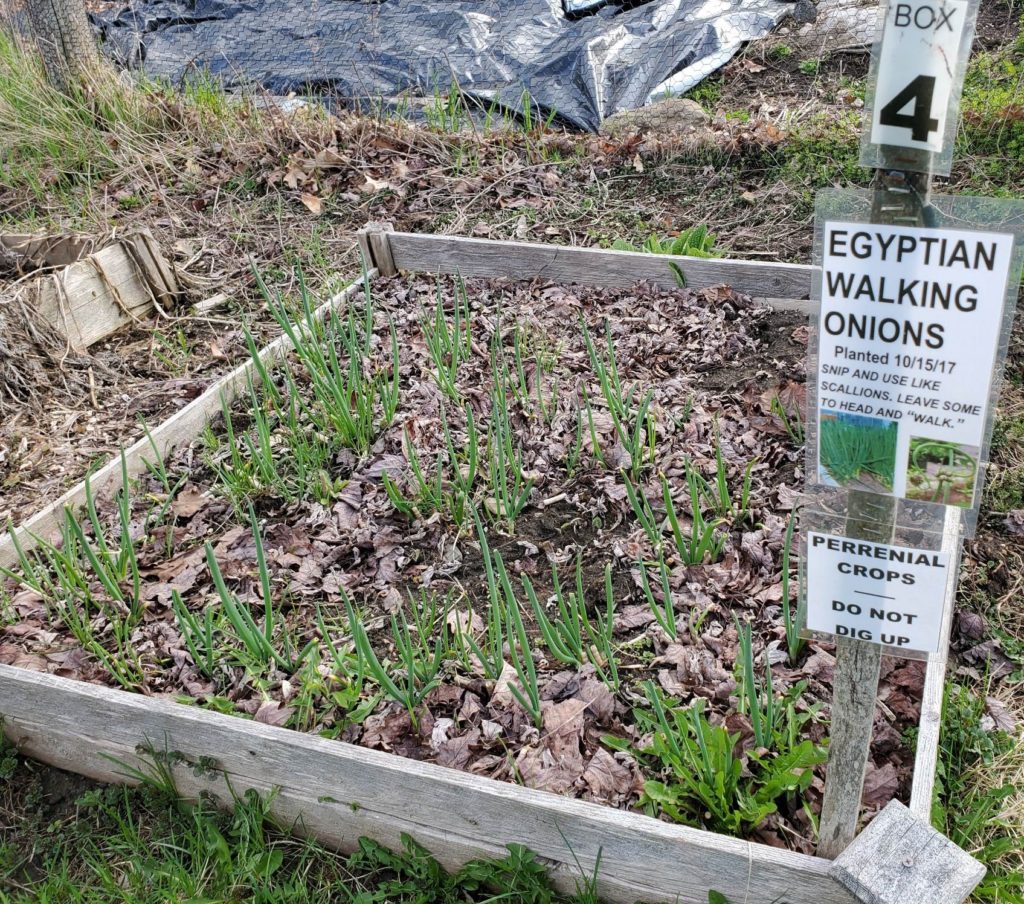
Outside the garden fence, in Compostville, are Egyptian onions. We use them like chives or scallions, leaving a few to grow heads and “walk” over to start a new plant.
